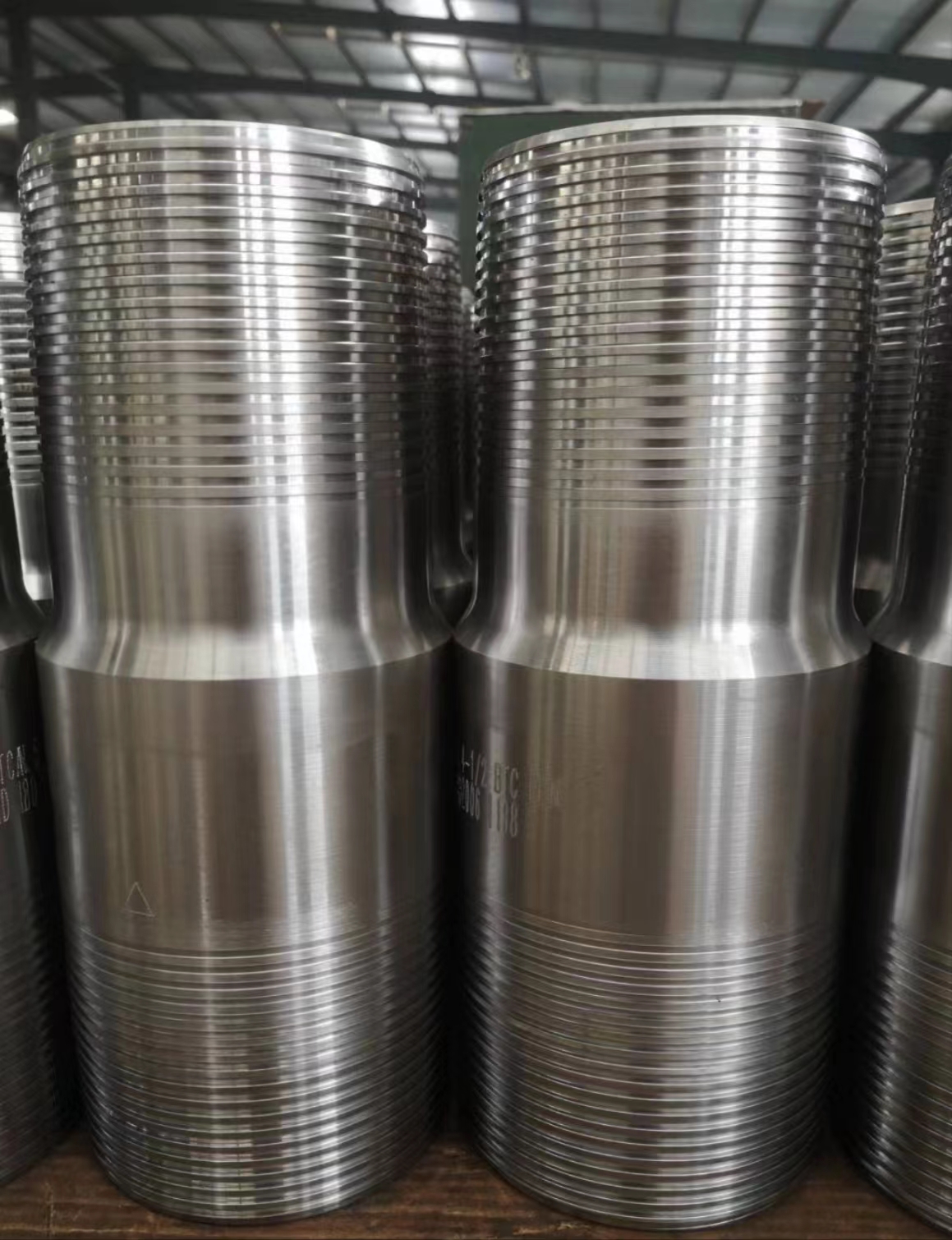- Afrikaans
- Albanian
- Amharic
- Arabic
- Armenian
- Azerbaijani
- Basque
- Belarusian
- Bengali
- Bosnian
- Bulgarian
- Catalan
- Cebuano
- Corsican
- Croatian
- Czech
- Danish
- Dutch
- English
- Esperanto
- Estonian
- Finnish
- French
- Frisian
- Galician
- Georgian
- German
- Greek
- Gujarati
- Haitian Creole
- hausa
- hawaiian
- Hebrew
- Hindi
- Miao
- Hungarian
- Icelandic
- igbo
- Indonesian
- irish
- Italian
- Japanese
- Javanese
- Kannada
- kazakh
- Khmer
- Rwandese
- Korean
- Kurdish
- Kyrgyz
- Lao
- Latin
- Latvian
- Lithuanian
- Luxembourgish
- Macedonian
- Malgashi
- Malay
- Malayalam
- Maltese
- Maori
- Marathi
- Mongolian
- Myanmar
- Nepali
- Norwegian
- Norwegian
- Occitan
- Pashto
- Persian
- Polish
- Portuguese
- Punjabi
- Romanian
- Russian
- Samoan
- Scottish Gaelic
- Serbian
- Sesotho
- Shona
- Sindhi
- Sinhala
- Slovak
- Slovenian
- Somali
- Spanish
- Sundanese
- Swahili
- Swedish
- Tagalog
- Tajik
- Tamil
- Tatar
- Telugu
- Thai
- Turkish
- Turkmen
- Ukrainian
- Urdu
- Uighur
- Uzbek
- Vietnamese
- Welsh
- Bantu
- Yiddish
- Yoruba
- Zulu
petroleum tubing coupling
Understanding Petroleum Tubing Couplings Essential Components in Oil and Gas Industry
In the oil and gas industry, efficient extraction and transportation of hydrocarbons depend heavily on the quality and reliability of downhole equipment. Among the critical components used in drilling and production operations is the petroleum tubing coupling. This article explores the significance, types, and advantages of tubing couplings in petroleum applications.
What are Petroleum Tubing Couplings?
Petroleum tubing couplings are specialized fittings designed to connect sections of tubing in oil and gas wells. Tubing is a series of pipes used to transport crude oil, natural gas, and other fluids from the production zone to the surface. Couplings serve as joints that allow for the seamless connection of these pipes, ensuring the integrity and flow of resources throughout the extraction process.
Types of Petroleum Tubing Couplings
There are various types of tubing couplings used in the petroleum industry, each designed for specific applications and requirements
1. Pin and Box Couplings These are the most common type of couplings, consisting of a male (pin) and female (box) connection. They are designed to provide a tight, leak-proof seal and can bear high pressure, making them suitable for deep well applications.
2. Integral Couplings Integrated into the tubing body itself, these couplings provide a smooth transition between pipe sections. They are known for greater strength and improved resistance to wear and fatigue.
3. Threaded Couplings Utilized mainly for smaller diameter pipes, threaded couplings feature helical threads that screw together. They are easier to install and dismantle, making them suitable for temporary setups or situations where frequent maintenance is needed.
petroleum tubing coupling

4. Welded Couplings As the name suggests, these couplings are welded to the tubing. They offer enhanced mechanical strength and can be used in demanding environments where high forces and pressures are present.
Advantages of Using Tubing Couplings
Patent tubing couplings offer a host of benefits that enhance the efficiency and safety of oil and gas operations
- Structural Integrity Properly designed couplings ensure robust connections that can withstand high pressures and stresses, reducing the risk of leaks and failures. - Ease of Maintenance Many coupling designs allow for the easy disassembly and reassembly of tubing sections, facilitating maintenance and repairs without disrupting the entire operation.
- Versatility Tubing couplings can be manufactured in various materials, including carbon steel, stainless steel, and alloys, to meet the specific requirements of different environments and fluids.
- Cost-Effectiveness Using high-quality couplings can reduce the frequency of repairs and replacements, leading to overall cost savings in drilling and production operations.
Conclusion
In conclusion, petroleum tubing couplings play a vital role in the oil and gas industry. Their design and functionality directly impact the efficiency and safety of hydrocarbon extraction processes. By understanding the types and advantages of tubing couplings, industry professionals can make informed decisions that enhance operational reliability and performance, ultimately leading to successful resource extraction and sustainable growth within the sector. As technology advances, future developments in coupling design will likely continue to improve the efficiency and safety of oil and gas operations worldwide.
-
Tubing Pup Joints: Essential Components for Oil and Gas OperationsNewsJul.10,2025
-
Pup Joints: Essential Components for Reliable Drilling OperationsNewsJul.10,2025
-
Pipe Couplings: Connecting Your World EfficientlyNewsJul.10,2025
-
Mastering Oilfield Operations with Quality Tubing and CasingNewsJul.10,2025
-
High-Quality Casing Couplings for Every NeedNewsJul.10,2025
-
Boost Your Drilling Efficiency with Premium Crossover Tools & Seating NipplesNewsJul.10,2025







